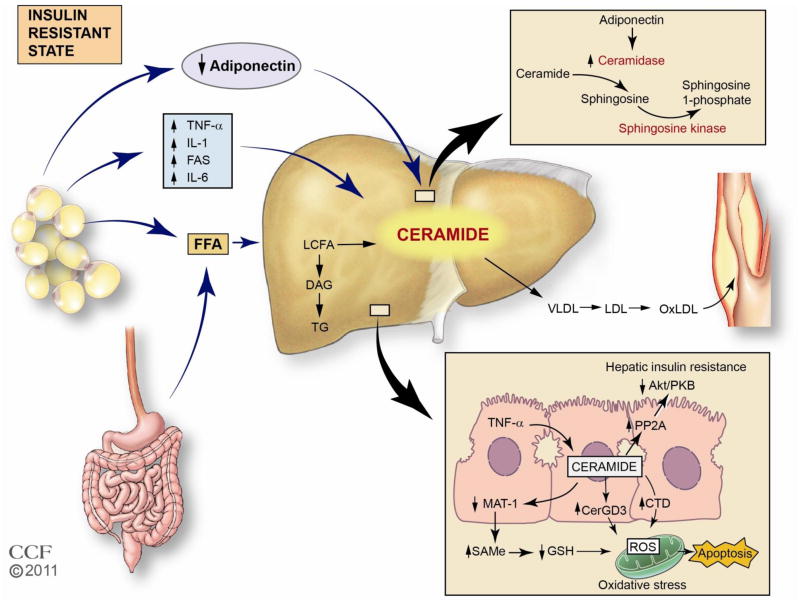Figure 2. Potential role of ceramide in the development and progression of nonalcoholic fatty liver disease and related complications.
In this model we propose that obesity-induced insulin resistance gives rise to increased production and release of pro-inflammatory cytokines, including TNF-α, decreased adiponectin, and increased FFA release from an expanded adipose tissue mass. These mediators converge in the liver to facilitate ceramide production. Within the liver the increase in ceramides promotes hepatic insulin resistance through PP2A and attenuated Akt signaling, and apoptosis through a mitochondrial ROS mechanism. Adiponectin may also play an important role because a decrease in adiponectin would impair ceramide clearance through conversion to sphingosine 1-phosphate, thus facilitating greater ceramide accumulation within the tissue. The increase in hepatic ceramides likely contributes to the observed increase in plasma cermide levels in obese patients with T2DM, and may also play a role in skeletal muscle insulin resistance.
TNF-α, tumor necrosis factor; IL-6, Interleukin-6; 1L-1, Interleukin-1; FFA, free fatty acid; LCFA, long chain fatty acid, SphK, sphingosine kinase; DAG, diacylglycerol, TGL, triglyceride; MAT 1A, methionine adenosyltransferase 1A; SAMe, S-adenosylmethionine; GSH, glutathione; PP2A, protein phosphatase 2A; PKB, protein kinase B; Cer, ceramide; GD3, ganglioside GD3;CDase, ceramidase; SIP, sphingosine 1-phosphate; ROS, reactive oxygen species.

